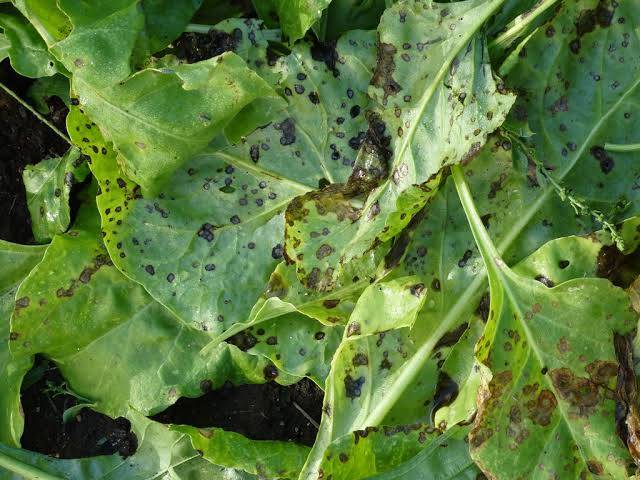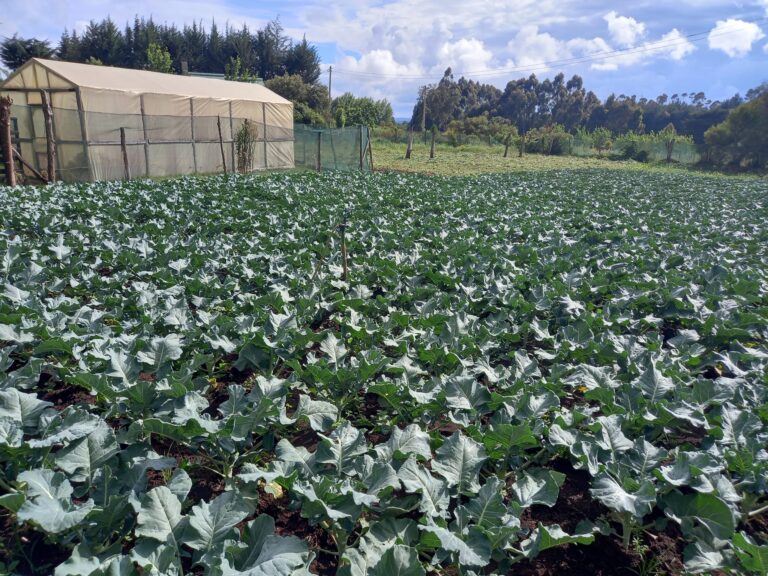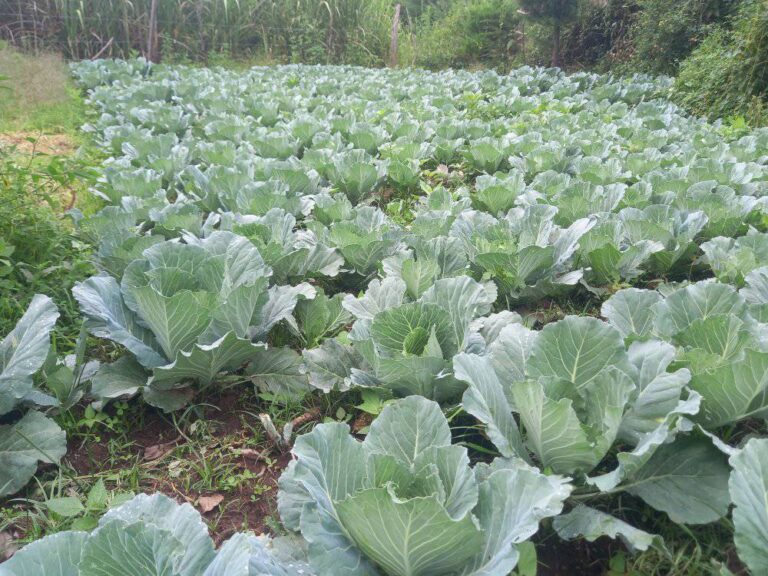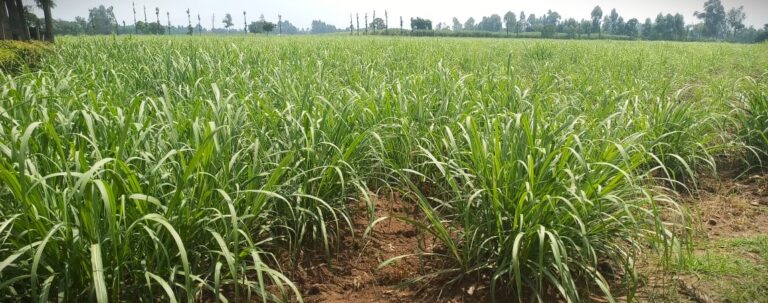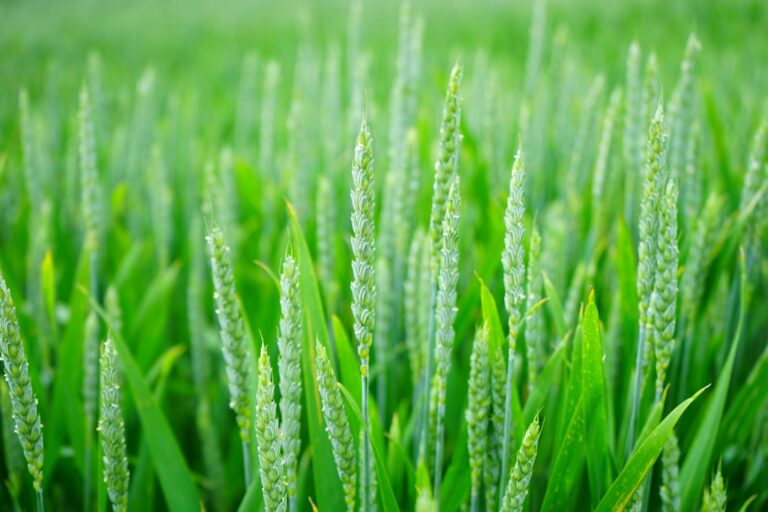Are Black Spots on Spinach Leaves Safe to Eat?
Black spots on spinach leaves are generally safe to eat if properly washed and cooked, especially when caused by fungal diseases or edema. However, extensive bacterial infections should be avoided.
Always inspect spinach carefully, discard heavily affected leaves, and thoroughly wash before consumption. Cooking spinach can further reduce potential risks associated with black spots.
Black spots on spinach leaves can spark concern. This guide explores their causes, safety implications, and consumption guidelines, empowering you to make informed decisions about your spinach intake while maximizing nutritional benefits.
Key Takeaways:
- Causes: Fungal diseases, bacterial infections, physiological disorders
- Safety: Depends on the cause; most are safe if properly washed and cooked
- Precautions: Inspect, wash thoroughly, cook when in doubt
- Prevention: Proper spacing, water management, crop rotation, resistant varieties
Understanding what these spots indicate and whether they pose any health risks is crucial for making informed decisions about consuming affected spinach.
Causes of Black Spots on Spinach Leaves
Black spots on spinach leaves can arise from several sources, primarily diseases and physiological disorders.
Fungal Diseases:
- Downy Mildew: Characterized by angular dark brown to black spots, often with a grayish-purple fuzz on the underside.
- Anthracnose: Presents as dark, sunken lesions with black margins.
- Leaf Spot (Alternaria spp.): Appears as small, circular black spots with concentric rings.
Bacterial Infections:
- Bacterial Leaf Spot (Pseudomonas syringae): Manifests as dark, water-soaked spots with yellow halos that can turn black.
Physiological Disorders:
- Edema: Caused by excessive moisture uptake, resulting in small blackened spots.
Safety of Consuming Spinach with Black Spots
The safety of eating spinach with black spots depends on the underlying cause of the spots. Here’s a closer look at each scenario:
Fungal Diseases
Fungal infections like downy mildew, anthracnose, and Alternaria leaf spot primarily affect the plant’s appearance and health rather than posing a direct risk to human health.
Washing and cooking spinach thoroughly can help remove fungal spores and reduce any potential risk. However, consuming spinach with significant fungal infection might not be appetizing and could potentially introduce allergens.
Bacterial Infections
Bacterial leaf spot can cause more concern compared to fungal diseases. While cooking can kill most bacteria, it is generally advisable to avoid consuming leaves with extensive bacterial infection to prevent any potential foodborne illness.
Edema
Edema is a physiological disorder rather than an infection, so spinach with edema spots is safe to eat. The blackened spots are purely cosmetic and do not pose any health risks.
Guidelines for Safe Consumption
- Inspect and Sort: Carefully inspect spinach leaves and discard those with extensive black spots or signs of severe infection.
- Wash Thoroughly: Rinse spinach under running water to remove dirt, debris, and any potential pathogens.
- Cook Spinach: Cooking spinach can help eliminate most pathogens, making it safer to eat.
- Consider Aesthetics: Even if safe, spinach with numerous black spots may not be visually appealing and could affect the overall taste and texture.
Nutritional Impact of Black Spots
While black spots may not significantly alter the nutritional content of spinach, severe infections can lead to reduced leaf quality and nutritional value. Healthy spinach leaves are rich in vitamins A, C, K, iron, and other essential nutrients. Therefore, ensuring the majority of your spinach is free from significant blemishes will help you get the most nutritional benefit.
Preventing Black Spots on Spinach
To minimize the occurrence of black spots on spinach, consider implementing the following preventive measures:
Good Agricultural Practices:
- Proper Spacing: Ensure adequate spacing between plants to improve air circulation and reduce humidity.
- Water Management: Avoid overhead irrigation; use drip irrigation to keep foliage dry.
- Crop Rotation: Rotate spinach with non-host crops to break the pathogen life cycle.
- Resistant Varieties: Choose disease-resistant spinach varieties when available.
- Sanitation: Remove and destroy infected plant debris to reduce sources of infection.
Home Gardening Tips:
- Regular Inspection: Monitor plants frequently for early signs of disease and take prompt action.
- Proper Harvesting: Harvest spinach leaves carefully to avoid bruising, which can be entry points for pathogens.
- Storage Conditions: Store spinach in a cool, dry place to prevent the growth of pathogens.
Frequently Asked Questions
What causes black spots on spinach leaves?
Black spots can be caused by fungal diseases, bacterial infections, or physiological disorders like edema.
Can I eat spinach with black spots?
Generally, spinach with minor black spots is safe to eat after thorough washing and cooking. However, discard leaves with extensive bacterial infection.
How can I prevent black spots on my spinach?
Preventive measures include proper spacing, water management, crop rotation, using resistant varieties, and maintaining good sanitation.
Do black spots affect the nutritional value of spinach?
Severe infections can reduce the leaf quality and nutritional value, but minor spots typically do not significantly alter the nutritional content.
Is it safe to eat raw spinach with black spots?
It’s safer to cook spinach with black spots to eliminate potential pathogens. For raw consumption, ensure the leaves are thoroughly washed and free from extensive infection.
What are the signs of downy mildew on spinach?
Downy mildew appears as angular, dark brown to black spots on the upper leaf surface, with a grayish-purple fuzz on the underside.
